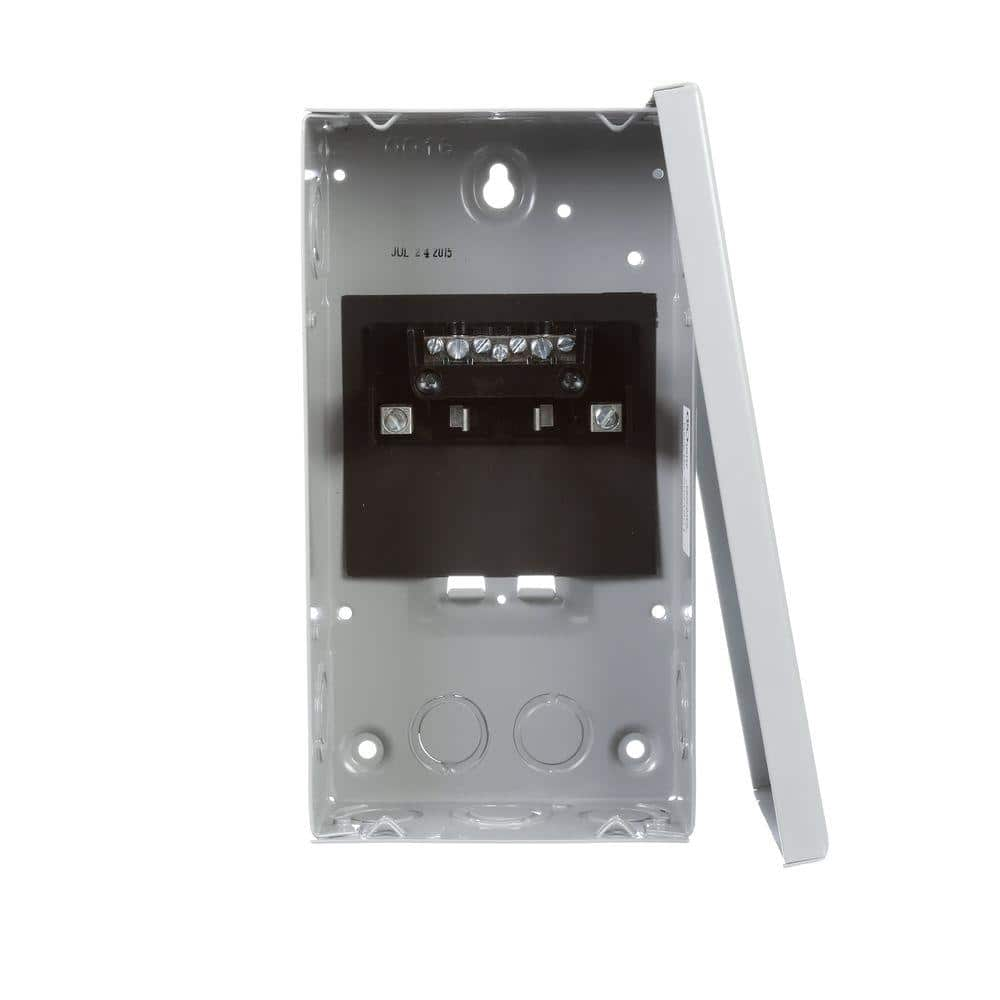My goal is just to charge on the stock nema 5-15 that comes with the mobile charger since my charging needs are pretty low based on my commute. I just want to update the sketchy looking plug in the second picture with a GFCI/AFCI combo outlet and want to make sure that would be ok.
So here is the setup in the garage that came with the house:
Main panel 30amp breaker feeding this box in the garage with 12 gauge wire (pretty sure it’s 12 since it has 12 tw 600v label on it).
This box is supplying the outlet I want to update to GFCI/AFCI. From the box, it’s the blue and white wire that is going up and is supplied by the 20amp breaker on the right. I know it doesn’t have a ground, but the garage box looks like it’s grounded - is that ok?
The only other thing plugged on this circuit is my garage door opener that is supplying two lights totaling 80watts.
Overall, this set up is confusing and I just want to make sure I can plug in the 5-15 without any issues.


So here is the setup in the garage that came with the house:
Main panel 30amp breaker feeding this box in the garage with 12 gauge wire (pretty sure it’s 12 since it has 12 tw 600v label on it).
This box is supplying the outlet I want to update to GFCI/AFCI. From the box, it’s the blue and white wire that is going up and is supplied by the 20amp breaker on the right. I know it doesn’t have a ground, but the garage box looks like it’s grounded - is that ok?
The only other thing plugged on this circuit is my garage door opener that is supplying two lights totaling 80watts.
Overall, this set up is confusing and I just want to make sure I can plug in the 5-15 without any issues.



